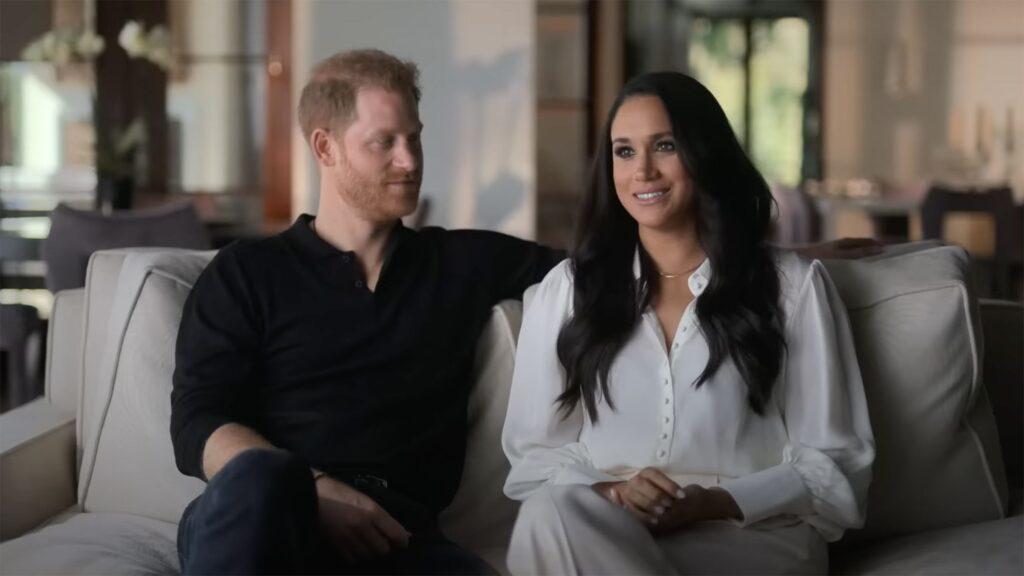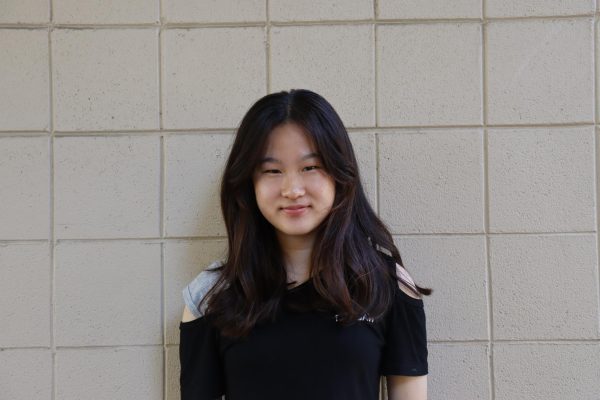“Don’t use the monarchy as a MeToo soapbox, Meghan.” “[Meghan Markle] Broke Royal Hair Protocol Yet Again.” “She is related to a serial killer.” “You are going to die.”
These are just a few comments made by British tabloids against actress Meghan Markle in her tenure as the Duchess of Sussex. The British Royal family has always been in the media spotlight as a topic of controversy throughout the years, but the debate only became more heated when the former Duke and Duchess of Sussex, Harry and Meghan, announced they were officially stepping back from their roles in royalty.
Recently, Netflix released a six-episode documentary series on the story of Harry and Meghan, told in first person through a set of interviews from both of them and their close friends. Starting from the moment they first met, the series details Harry and Meghan’s journey getting thrown into the media spotlight and dealing with the wreckage following their inevitable exit from royalty.
Meghan’s story reveals the racism, discrimination, hatred and constant media harassment directed at her, but critics reveal otherwise. There have been reports exposing that some of the footage of Meghan being “harassed by the paparazzi” are staged. In some scenes, the person portrayed isn’t even Meghan; it’s Kate, the Princess of Wales. In reality, Meghan was shown in the documentary enjoying the media attention, smiling, giving autographs and interacting with people.
In many parts of the documentary, Meghan and Harry talk about how the British press is extremely racist toward her mixed-cultural background; Meghan’s mother is Black and her father is white. As she states in the documentary, she talks about growing up Black, but not fully belonging in the African American community because she is fair-skinned. However, these alleged “racist” comments that she claims to have faced only emerged later, following her stint in royalty.
The press initially adored her and called her a new hope for England. Most of the commonwealth was excited for a mixed-race princess that could represent a large subset of the commonwealth population, a sentiment that Harry and Meghan admitted this in their documentary as well. It was only when Meghan started attracting controversy with her actions that the media turned against her. Whether wearing the wrong color to an event, speaking incorrectly or harping on the fact that her mother is Black, the British press turned her every action into a new story. In a royal position, she was expected to know all the procedures and expectations set forth, even though she had never been formally trained in royal protocol.
“The issue is when someone who’s marrying in, who should be a supporting act, is then stealing the limelight,” Harry said in the documentary.
In the words of the royal family, Meghan was overtaking and changing the face of royalty, and they disliked the special attention she was receiving merely because of her biracial background. As described in the documentary, Meghan’s popularity rose so high that the royal family had to take her down — it’s almost like something out of a high school drama.
Repeatedly throughout the documentary, Harry compares Meghan to his late mother, Princess Diana. He notes the overexposure both of them had to the press, and the eventual mental toll it took on them. However, their situations are nowhere close to comparable. Diana suffered from eating and mental disorders as a result of feeling trapped in her role as a royal.
Meghan had other factors that contributed to the prejudice she faced. She was an outlier in the royal family, due to her coming from a different racial, religious and socioeconomic background than the traditional interpretation of a British royal female. Additionally, since Diana was the prime profile of a princess in the Royal Family, her response to relentless media harassment was to simply avoid it as much as possible, whereas Meghan dove into it head-on and retaliated at every opportunity.
In the documentary, Harry and Meghan go on to describe the constant attacks from within the family as well. Such a large amount of familial pressure alongside the press proved too much for the couple to handle. Coined the “Megxit” by many news platforms, their exit from the royal family in February 2021 was both shocking and disruptive, causing a frenzy among the tabloids. According to Harry and Meghan, the toxic press coverage catalyzed their departure. Harry also claimed that the royal family did little to protect them from the endless scrutiny, even pinning some of the blame on his brother William.
Though we can never understand what it is truly like to be a royal, or be thrown into the negative press spotlight, one thing remains true — Harry and Meghan wanted to keep their lives private, both during and after their time in the royal family. Yet instead of staying consistent with that wish, they decided to make a documentary about it, undermining their own claims of victimhood.






























